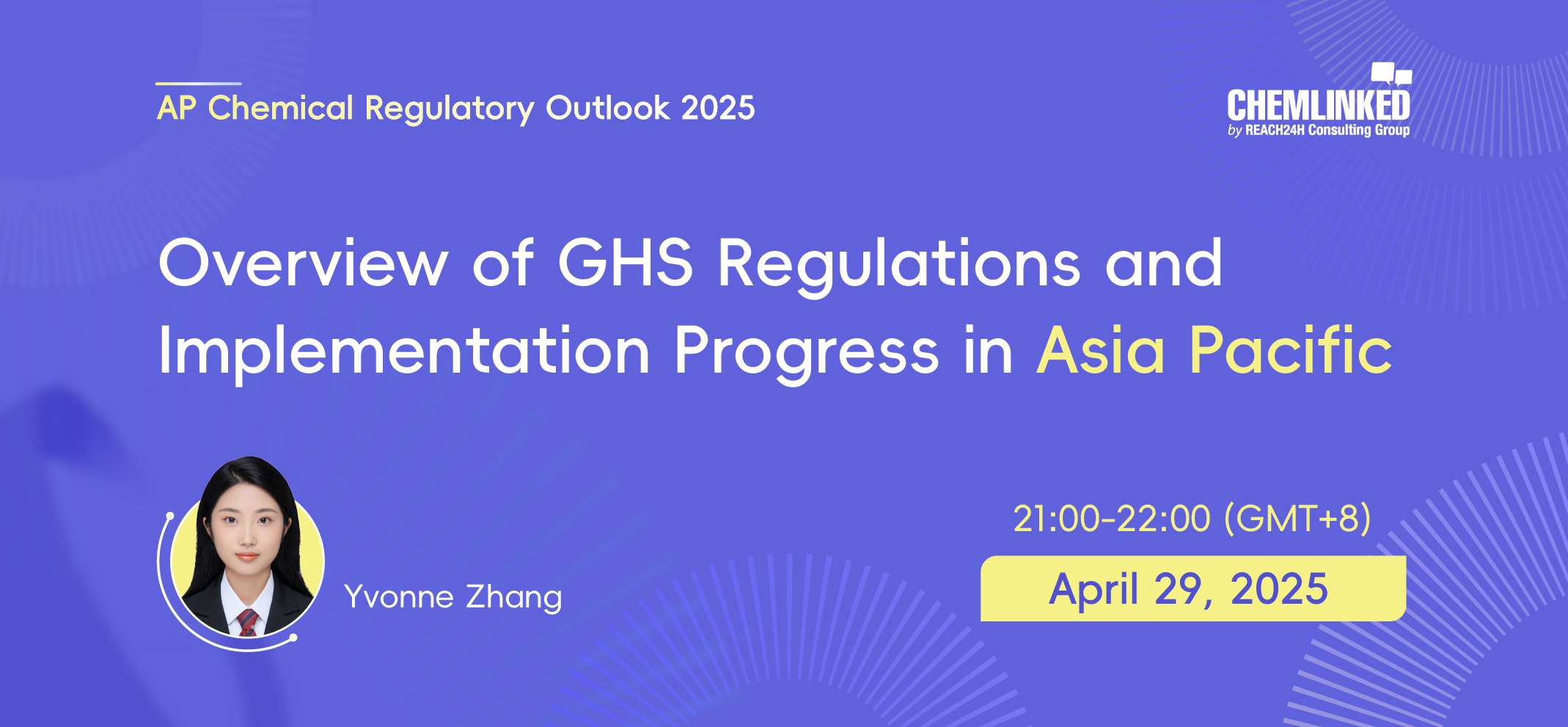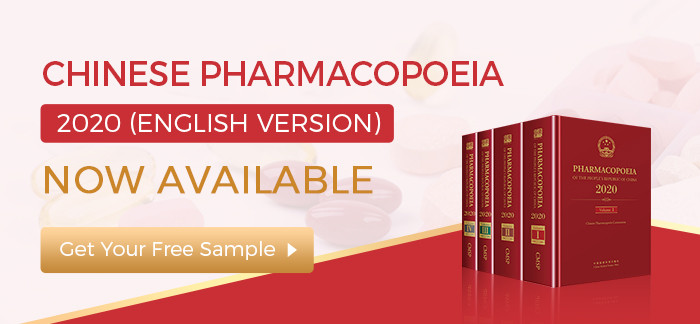China MEP Urge to Combat Air Pollution, Textile Industry Facing Tech Revolution

China Ministry of Environmental Protection (MEP) acknowledges air pollutant management as the key in dealing with the deteriorating air condition in China, according to information revealed in the China-EU Chemical Substitution Forum (ChemLinked news release 1 Apr 2013).It is widely known that textile industry is involved in a number of pollution-prone activities, whileat the same time it is considered the mainstay industry of national economy in China.“Up to 80% of the import/export activities in China are related to textile industry”, said Prof Gong Yan, the member of Technology and Standard of Environmental Protection Research Professional Committee of All-China Environment Federation (TSEPRPC of ACEF), “despite the profits, we have paid the price in terms of tremendous environmental pollutions in water and air.” All of thisnecessitates development of regulations specifically target the textile industry. The Water Pollutant Discharge Standard for Dyeing and Finishing of Textile Industry has been amended in 2012 and the air pollutant discharge standard for this areais still in the drafting stage, Prof Gong added.
“Public may be more aware of the polluting effect of textile industry on water while leaving its impact on air largely neglected”,Prof Gong revealed in the Forum,“according to statistics, however, textile related pollutant discharge is accounted for up to one third of the PM 2.5 quantity. At the same time, the textile industry is responsible for 8.8% of the total air pollutant amount.”
According to the recentlypublished “Twelfth Five”M 2.5 monitoring plan, all the cities of China must disclose monitoring statistics of PM2.5 to the general public by the end of 2015. During the term of the 18th National Congress of the Communist Party of China, over one thousand proposals regarding the air quality management have been submitted to the State Council, Prof Gong told the reporter, the State Council has approved hundreds of them and entrusted the Ministry of Environmental Protection (MEP) to carry out implementation.The State Council sets 2020 as the deadline in achieving sound management of smog.
As a major source of pollution, the textile industry is now facing the challenge of complete restructuring. On one hand, the governmentalpolicy strongly reinforces the development and adoption of clean production technologies. On the other hand, a number of more scientific yet stringentregulations especially targeting the textile industry have been enforced or will be in the following years. These efforts aim at encouraging the high-tech and green enterprises to replace the low-end ones which lead tocomprehensive managementand structural revolution of the whole industry.
The Q&A below presents Prof Gong’s clarification regarding 1) theformulation process of theAir Pollutant Discharge Standard for Dyeing and Finishing of Textile Industryand 2) the fundamental rationale and overall trend of China environmental legislation.
Part One: Air Pollutant Discharge Standard for Dyeing and Finishing of Textile Industry
Yvonne: When will this standard be implemented and will there be any grace periods for compliance?
Prof Gong:The TSEPRPC of ACEF is still drafting the standard. It usually takes approximately 3 years in formulating similar national standards, however, with thestatus quo that air pollution is so serious and the major PM 2.5-prone industry is urged to be controlled, this specific standard is expected by the end of 2014.
As a legally binding national standard, the regulation will be mandatory upon its issuance without any grace periods. However adherence to these regulations will naturally cause numerous issues, to mitigate against excessive disruption legislators will put a great effort on informing, training and guiding the stakeholdersto buffer the effects of the changes, this is known as the manufacturing technology revolution phrase.
Yvonne: Could you please give us some information about which ones or what kinds of pollutant are of special concern, and also briefly introduce what serve as the reference for the discharge limit set in the standard?
Prof Gong:Firstly, the enterprises should pay close attention to upgrade their effluenttreatment technique. The currently availabletextile-specific pollutant discharge standard concerns only effluent, which leaves the loophole for theinappropriate conducts to vaporizehazardous chemicals such as sulfide and ammonia nitrogenin effluent and then release them intothe air. The loophole will be sealedby the upcoming air pollutant discharge standard.
In addition, enterprises should also mind their selection of the front-end preparations. The volatile organic compounds (VOCs) are commonly used in the textile industry, especially in the dyeing and printing processes. A great amount of hazardous substances will be releasedduring these procedures which typically involve reactions in high temperature.Take the gold -stamping technique for example, it is so popular in the textile industry due to high demand and profit, while at the same time causes considerable air pollution..These kinds of substances will be a major target for the new air pollutant discharge standard.
Yvonne: In the past few years, China has made some improvements in the environmental protection work. Based on feedback, however, there seems to be some obstacles in monitoring the polluting activities as well as implementingthe pollution control measures. Will the new standard incorporateeffective means to combat these issues?
Prof Gong: To facilitate efficient implementation of the standard, we will adopt the ACutting edge 24-hour online monitoring system. Different from the endpoint control of water pollution, the surveillance of the air pollutant discharge will be on a real time basis throughoutthe complete production process. Some pilot schemes have been performed which involves installation of remote air pollutant monitors in the residential buildings near textile factories and the outcome seems to be promising. Regarding the specific monitoring spots, the legislators intend to keep them secret to all stakeholders including enterprises and industry associations.
Yvonne: Any tips for the enterprises in complying with the textile industry-specific regulations?
Prof Gong:Frist, the enterprises should always be policy-orientedduring their production and development.
Moreover, it is recommended that the enterprises should be keen on adopting new techniques and actively engaging in clean production.In the past, the rapid development of the textile industry in China resulted insevere environmental impact. This phenomenon has drawn tremendous attention from the domestic and international parties and change should be made immediately. The relevant enterprises should keep themselves alerted for the emerging environmental-friendly production technology, and actively replace the low-end and high-polluting manufacturing models with the green ones. The TSEPRPC of ACEF is always keen on collaborating with enterprises in formulating regulation as well as aiding them to produce high quality green products.
Part Two: Overall trend of China environmental legislation
Yvonne: Since 1 Jul this year, three new pollution prevention standards will be enforced, namely GB 13458-2013 (Discharge standard of water pollutants for ammonia industry), GB 19430-2013 (Effluent standards of water pollutants for citric acid industry) and GB 29495-2013 (Emission standard of air pollutants for electronic glass industry). Are there any rationales in prioritizing the formulation of environment related standards? Are there any related supporting documents available for these standards for further reference?
Prof Gong:Yes, we do have some prior evaluations regarding which specific substances or area should be focused first.Generally speaking, we will start from the most typical pollutants or polluting industries based on the results of the Major Pollution Source Inspection.
According to the legislation procedures of standards in China, the Pollutant Discharge Standard and Quality Standard will be overarching which are legally binding and compulsory. The supplementary documents i.e. the environmental protection rules and list of recommended production techniques will also be issued specifically to each standard. In some circumstances, more stringent regional or industry specific standards will also be formulated if necessary.
Yvonne: Have the economic impacts of the standards on enterprises been evaluated during the drafting process? If yes, what are they and to what extend they will influence the development of an enterprise?
Prof Gong:The TSEPRPC of ACEF cares about the interests of not only the enterprises individually but the whole industry. During the formulation of a standard, the major reference factors will be theappropriateness and applicability of the pollutant discharge limits,the influence on industry development, and the promoting effectsof advanced green technologiesto replace the outdated ones.
The central and local governments will provide financial compensation and support to the enterprises actively engaging ininnovativegreen technologies. Relevant information can be found on the governmental websites. Other organizations such as the trade associations and the TSEPRPC of ACEF will also deliver relevant information to their members on a regular basis.
Yvonne: In the newest pollution prevention legislations, what competent authorities will supervise and carry out the implementation of the standards? In many cases the cost of compliance is prohibitive when compared with penalties for non-compliance. Are there any further sanctions that would discourage companies from deliberate non-compliance?
Prof Gong:Take the Air Pollutant Discharge Standard for Dyeing and Finishing of Textile Industry for example, during the legislation process, the TSEPRPC of ACEF will be responsible for the draft formulation of the standard. The draft will then be reviewed by the MEP before official issuance.
The MEP will not directly implementthe standard, rather, it will delegate authority to the local environmental protection authorities and the first level local governments to carry out the implementation. The outcome of pollutioninspectionwill correlatedirectly with the performance evaluation of the local authorities. Moreover, due to the mandatory nature of the standard, in cases of a serious breach of standards and continued noncompliance local authorites may also suspend business until the breach has been rectified.
Reference
Chemlinked news release 1 Apr 2013 China-EU Chemical Substitution Forum Held in Hangzhou
*********
Please note that this article originates from the Chemlinked, for more information please visit www.chemlinked.com




